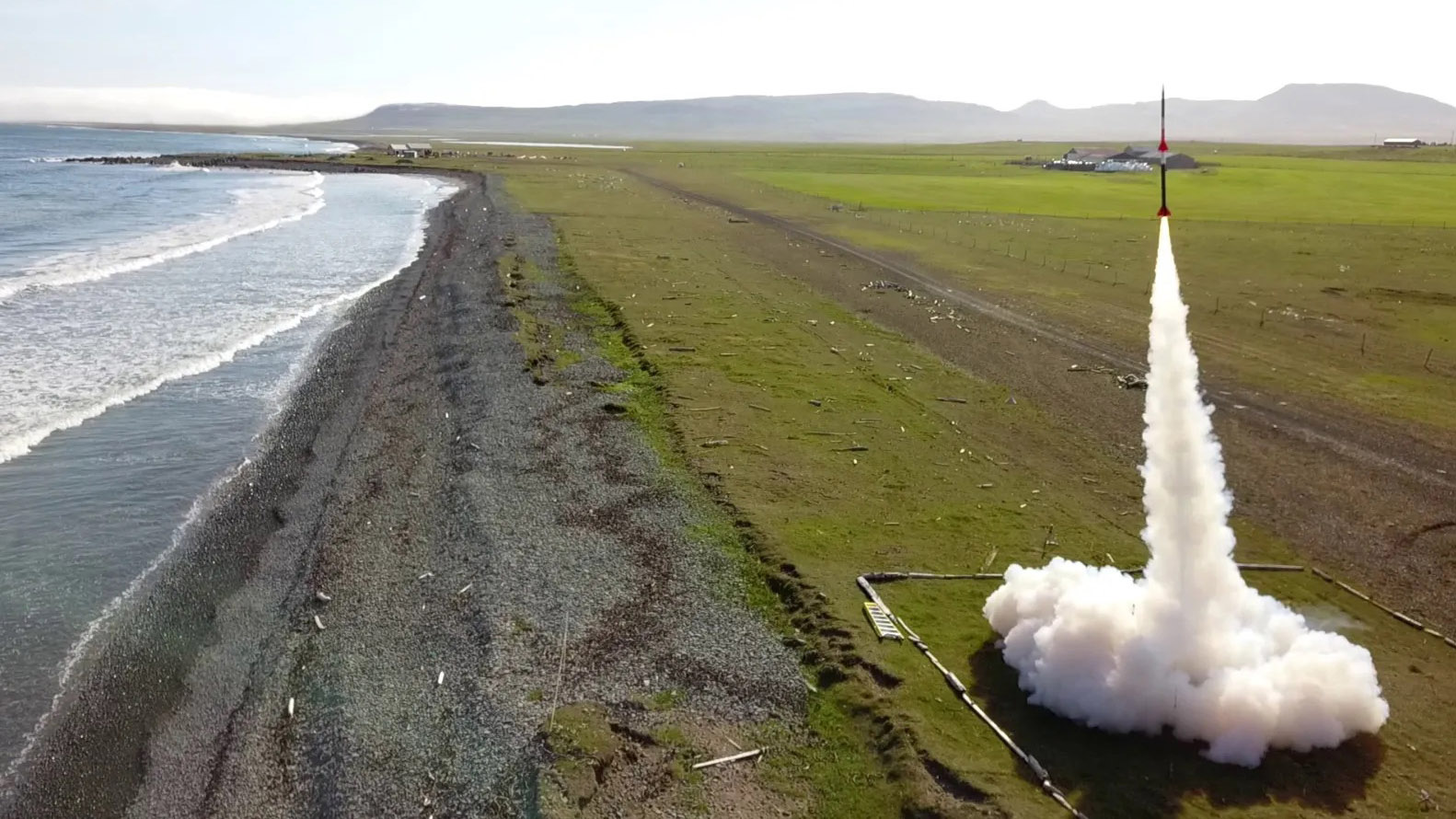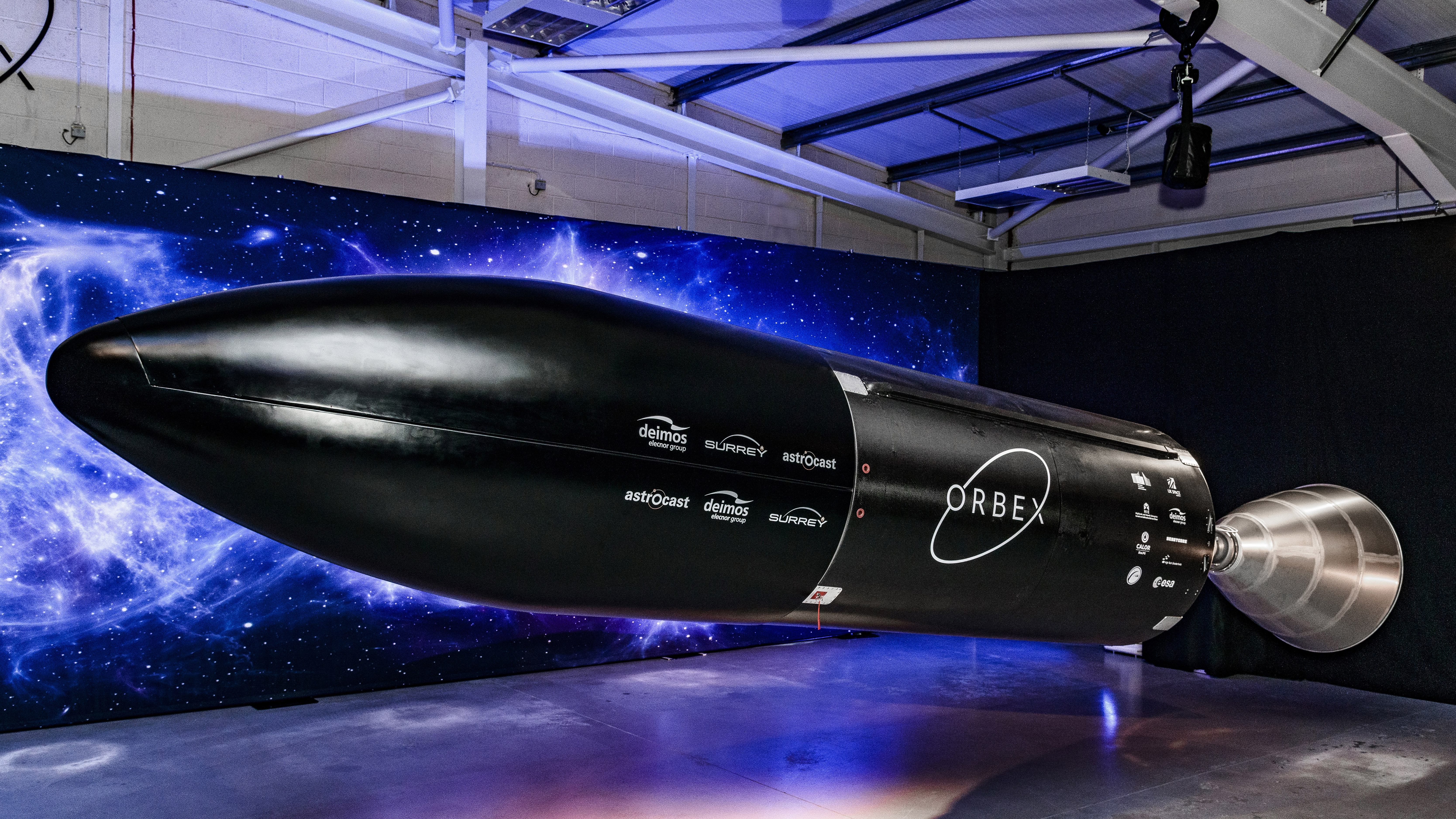Can biofuels make spaceflight greener? UK space startups reveal plans for cleaner rocket launches
Biofuels tested by two British rocket start-ups seem to produce much fewer dangerous soot particles.

Rocket launches can inject huge amounts of soot into higher layers of Earth's atmosphere, depending on their fuel, possibly contributing to climate change. A pair of British rocket startups now claim their rocket technology can reduce spaceflight's environmental footprint by switching to renewable fuel.
Both of these startups plan to launch their rockets from different spaceports located in Scottish wilderness, and being green has been part of their pitch from the start. While Edinburgh-based Skyrora plans to fly their rockets using rocket fuel made from non-recyclable plastics. Their counterpart, the Inverness-based Orbex, is betting on biopropane, a natural gas made as a byproduct during biodiesel production.
Last week, Orbex released a study by experts from the University of Exeter in the U.K., which claims that the company's bio-propane-powered rocket Prime, a micro-launcher, will produce 86% less emissions than a similar-sized fossil fuel launcher.
The comparison was made with launchers that burn RP-1, or Rocket Propellant 1, a refined form of aviation fuel kerosene. RP-1 is widely used by rocket builders all over the world. SpaceX's Falcon 9 uses this fuel in both of its stages. The fossil fuel also powers Russia's workhorse Soyuz rockets and the first stages of America's Atlas V.
Related: The rise of space tourism could affect Earth's climate in unforeseen ways, scientists worry
Most of the carbon dioxide emissions reductions achieved by Orbex come from the negative carbon footprint of the biofuel production rather than by the launcher emitting considerably less, according to the report's executive summary. The company that supplies the biopropane, U.K.-based Calor, makes the fuel from a mixture of waste residues and "sustainably sourced materials", according to Calor's website.
However, most experts are not that concerned with the carbon dioxide emissions of spaceflight, simply because there are currently not that many rocket launches. In an earlier interview this year, Martin Ross, of the U.S. Aerospace Corporation, a leading expert on atmospheric effects of rocket launches, told Space.com that the space industry burns only about 1% of the fossil fuel consumed by aviation.
Get the Space.com Newsletter
Breaking space news, the latest updates on rocket launches, skywatching events and more!
There is another component of rocket exhaust that climate experts are concerned about: soot. Rockets inject huge amounts of it into the otherwise pristine upper layers of Earth's atmosphere, where it could trigger possibly far-reaching changes.
And here, technology such as Orbex's biopropane-fueled Prime rocket could make a difference. The University of Exeter study says that the Prime vehicle, which is 62 feet (19 meters) long and designed to carry small payloads of up to 330 lbs. (150 kilograms) to low Earth orbit, will emit much less soot than a similar micro-launcher using RP-1. The company added in a statement that Prime "almost entirely eliminates" soot emissions.
Soot in the atmosphere can absorb heat and affect the temperature of the higher layers of the atmosphere — the mesosphere and the stratosphere. Orbex said in its statement that 120 rocket launches emit as much soot as the entire global aviation industry emits in a year.
Overall, a single Orbex rocket launch will generate a total of 15 tons (13.8 tonnes) of greenhouse gas emissions, which is equivalent to the annual carbon footprint of an average U.K. citizen, Orbex said in the statement.
Related: In photos: First look inside Orbex's Scotland rocket factory

Orbex expects to fly its reusable 3D-printed Prime rocket for the first time next year from the Space Hub Sutherland on the northern coast of Scotland. The spaceport recently received planning permission after winning a court case against a billionaire landowner who questioned its environmental impact.
Orbex's counterpart Skyrora hasn't launched its three-stage Skyrora XL orbital rocket yet either but has performed several successful test flights of their sub-orbital missile Skylark Micro, which reached the altitude of up to 17 miles (27 kilometers). In 2020, the company tested a small prototype of its engine, which runs on fuel made from non-recyclable plastics. According to the company's website, the new fuel, called Ecosene, showed a 1- 3% better energy profile compared to RP-1.
Derek Harris, CEO of Skyrora's Ecosene division, told Space.com that Ecosene comes much cheaper than RP-1, at about $2 per gallon.
"The plastics that we are using actually come from waste disposal," Harris said. "We even get paid to take it, so feedstock is a negative value."
Harris said the company's experiments show the Ecosine-fuelled rocket engine, which uses hydrogen peroxide as an oxidizer to burn with the fuel, produces about 40% less emissions overall, including carbon dioxide, carbon monoxide, soot and sulfur.
Harris said the company hopes to fly its rocket prototype in late 2022 from a spaceport on the Shetland Islands north off the coast of Scotland.
Orbex and Skyrora are not the only ones pursuing biofuel. In February this year, American start-up bluShift Aerospace flew its first stage rocket prototype Stardust 1.0, which uses proprietary solid biofuel made from agricultural waste. The test rocket reached less than one mile in altitude.
Follow Tereza Pultarova on Twitter @TerezaPultarova. Follow us on Twitter @Spacedotcom and on Facebook.
Join our Space Forums to keep talking space on the latest missions, night sky and more! And if you have a news tip, correction or comment, let us know at: community@space.com.

Tereza is a London-based science and technology journalist, aspiring fiction writer and amateur gymnast. Originally from Prague, the Czech Republic, she spent the first seven years of her career working as a reporter, script-writer and presenter for various TV programmes of the Czech Public Service Television. She later took a career break to pursue further education and added a Master's in Science from the International Space University, France, to her Bachelor's in Journalism and Master's in Cultural Anthropology from Prague's Charles University. She worked as a reporter at the Engineering and Technology magazine, freelanced for a range of publications including Live Science, Space.com, Professional Engineering, Via Satellite and Space News and served as a maternity cover science editor at the European Space Agency.









